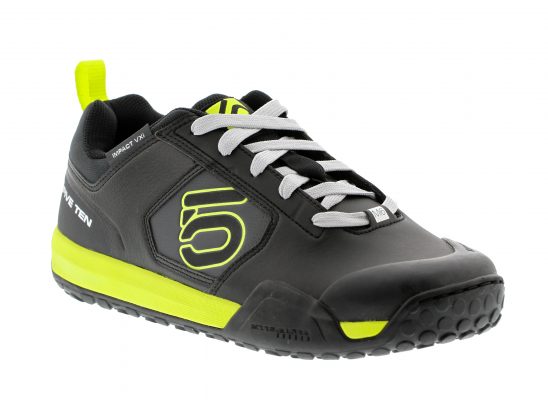Saddle skedaddle
If you’ve sized-up in frame size and running a dropper post chances are you might have reduced standover. Here are five ways to solve that.
The lower the better, on the descents, right? Unless you’re a World Cup downhiller (who seem to be running their saddles relatively high these days) you want that saddle right out of the way when pointing downhill.
So what’s the solution? Try one or more of these…

1. Low stack height dropper post
Here’s the thing though, the dropper posts we’re all running these days have actually made our saddles higher in the drop position than fixed posts of old, thanks to their high collars.
Remember the old Crank Brothers Kronolog dropper, with over an inch of collar sticking up above the seat tube? That added 30mm of height to your saddle height, in its lowest, dropped position.
Some of the newer, budget dropper posts also have rather lofty saddle clamp designs and chunky collars that really eat into your available standover.
Not all dropper posts of equal drop are born equal.
The problematic Kronolog has been replaced by the excellent Crank Brothers Highline post. Why is it so excellent? Aside from the improved action and reliability, its collar is a mere 18mm, around 10mm lower than the Kronolog.
And it gets better, the new BikeYoke Revive dropper post has just 17mm of collar height, giving it the lowest collar to saddle rails height of any dropper post we’ve tried — 17mm lower than the RockShox Reverb with the same 160mm of drop.

2. Shallow rail saddle
Some saddles have really deep rails. Some saddles have thick base shells and/or very thick padding. By finding a sleeker saddle with shallower rails you can increase your effective standover too. We like the Fabric Line saddle range for these reasons.
Struggling to fit a long drop post into your seat tube?
After upsizing to a larger frame you may find that you can’t quite fit one of the new breed of 160-170mm drop posts into your frame’s seat tube.
Don’t break out the hacksaw and attack your seat tube just yet! If you’re only a few mm shy of insertion to your desired seat height for pedalling try one or more of these three tweaks…

3. Shorter cranks
Chances are your bike came with 175mm long crank arms. More and more riders are experimenting with shorter cranks such as 165mm crank arms. Not only does it effectively reduce your seat-tube/pedalling height by 10mm it has the added benefit of increased pedal ground clearance and is claimed to offer a less stressful and more efficient pedal action too.

4. Ditch the thin pedals
If you’re riding around on one of the modern wave of super thin flat pedals then try swapping back to a thicker pedal. Moving from a 12mm thick pedals to a 17mm thick will give you an extra 5mm effective seat-tube height (and the pedals will probably be better too).

>>> Which Five Ten mountain bike shoes are right for you?
5. Five Ten Impacts
If you currently wear normal Five Ten Freeriders, making the switch to a Five Ten Impact model with their slightly thicker sole will buy you a few mm of effective seat-tube height. Impacts can feel cumbersome at first but once they’re bedded in a lot of riders prefer the feel, extra sticky grip and bump absorption that Impacts have over Freeriders.




